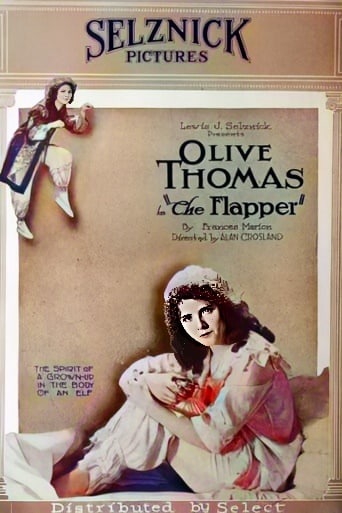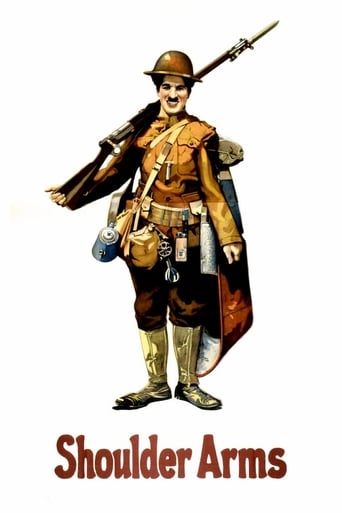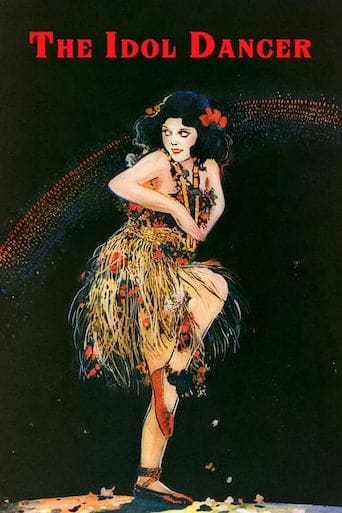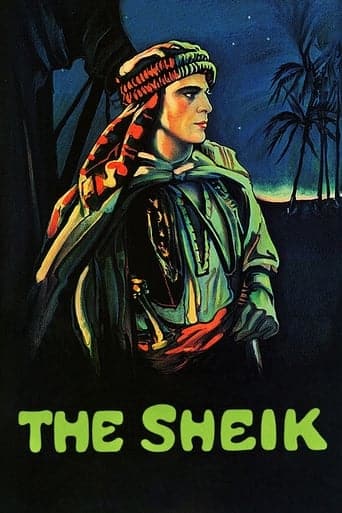The Last of the Mohicans (1920)

 “The Last of the Mohicans,” directed by Maurice Tourneur and Clarence Brown, is a silent film adaptation of James Fenimore Cooper’s classic novel.
“The Last of the Mohicans,” directed by Maurice Tourneur and Clarence Brown, is a silent film adaptation of James Fenimore Cooper’s classic novel.
Released in 1920, the film captures the essence of the French and Indian War, weaving a tale of love, treachery, and the vanishing Mohican tribe. Starring Wallace Beery as Magua, Barbara Bedford as Cora Munro, Lillian Hall as Alice Munro, Alan Roscoe as Uncas, Theodore Lorch as Chingachgook, Harry Lorraine as Hawkeye (Natty Bumppo), Henry Woodward as Major Heyward, James Gordon as Colonel Munro, George Hackathorne as Captain Randolph, Nelson McDowell as David Gamut, Jack McDonald as Tamenund, and Sydney Deane as General Webb, the film brings to life the characters in a gripping narrative set against the backdrop of war.
The story unfolds in 1757 during the French and Indian War, where three French divisions and their Huron Indian allies pose a threat to Fort William Henry, a British stronghold. Chingachgook, the father of Uncas, the last living warrior of the Mohican tribe, sends his son to warn the fort’s commander, Colonel Munro, of the impending danger. Uncas’s arrival introduces a complex dynamic as he becomes admired by Munro’s daughter, Cora, leading to tension with her suitor, Captain Randolph.
General Webb dispatches a relief force of 3000 men, including the Munro sisters and Major Heyward, to Fort William Henry. The journey becomes perilous when Magua, an Indian runner, leads the Munro sisters and Heyward through the wilderness, only to reveal his allegiance to the Hurons. Magua’s betrayal sets the stage for a series of events that include skirmishes, hostage situations, and the eventual siege of Fort William Henry.
The character of Magua, portrayed by Wallace Beery, serves as a central figure embodying treachery and revenge. Beery brings intensity to Magua’s role, capturing the complexities of a character driven by personal vendettas and a desire for retribution.
Barbara Bedford’s portrayal of Cora Munro adds depth to the narrative. Cora becomes entangled in the love triangle with Uncas and Captain Randolph, and Bedford skillfully conveys the emotional turmoil faced by her character in the midst of war and conflicting affections.
Lillian Hall as Alice Munro contributes to the emotional core of the film. Her character undergoes trials and tribulations, becoming a pawn in the conflicts between the British, the French, and the Native American tribes. Hall’s performance adds a poignant touch to the narrative, especially in her interactions with Magua.
Alan Roscoe takes on the role of Uncas, the last living Mohican warrior. Roscoe’s portrayal captures the nobility and resilience of Uncas as he navigates love, loss, and the impending demise of his tribe. The character becomes a symbol of the vanishing Native American culture in the face of encroaching colonization.
Theodore Lorch as Chingachgook, Uncas’s father, represents the wisdom and strength of the Mohican tribe. Lorch brings gravitas to the role, serving as a poignant reminder of a dwindling heritage and the impending extinction of a way of life.
Harry Lorraine embodies the character of Hawkeye, also known as Natty Bumppo, the hunter and scout. Hawkeye becomes a pivotal figure in the narrative, contributing his skills to the defense of Fort William Henry and the pursuit of Magua. Lorraine’s performance brings a sense of rugged individualism and resourcefulness to the character.
The film’s climax revolves around the tragic events at the Delaware village, where Cora and Uncas face a heartbreaking fate. Magua’s manipulation and Cora’s sacrifice lead to a devastating outcome, highlighting the harsh realities of war and the clash of cultures.
The burial ceremony for Cora and Uncas serves as a poignant conclusion, with Munro lamenting the loss of his daughter, and Chingachgook mourning the end of his tribe. The film closes with a somber reflection on the inevitable disappearance of the Mohicans, marking the passing of an era.
“The Last of the Mohicans” stands as a cinematic achievement in its portrayal of historical events and the adaptation of Cooper’s literary work. The film captures the spirit of the source material while utilizing the visual language of silent cinema to convey emotion and drama.
In conclusion, the film masterfully combines elements of romance, war, and cultural conflict, exploring the themes of love, sacrifice, and the inexorable march of time. The performances of Wallace Beery, Barbara Bedford, Lillian Hall, Alan Roscoe, Theodore Lorch, and Harry Lorraine contribute to the film’s enduring impact. As a silent era classic, “The Last of the Mohicans” remains a testament to the power of visual storytelling and the ability of cinema to evoke profound emotions without the need for spoken words.
Release Date: November 21st, 1920
Main Cast Members
Wallace Beery (Magua)
Barbara Bedford (Cora Munro)
Alan Roscoe (Uncas)
Lillian Hall (Alice Munro)
Henry Woodward (Maj. Heyward)
James Gordon (Col. Munro)
George Hackathorne (Capt. Randolph)
Nelson McDowell (David Gamut – a Preacher)
Loading live eBay listings...




